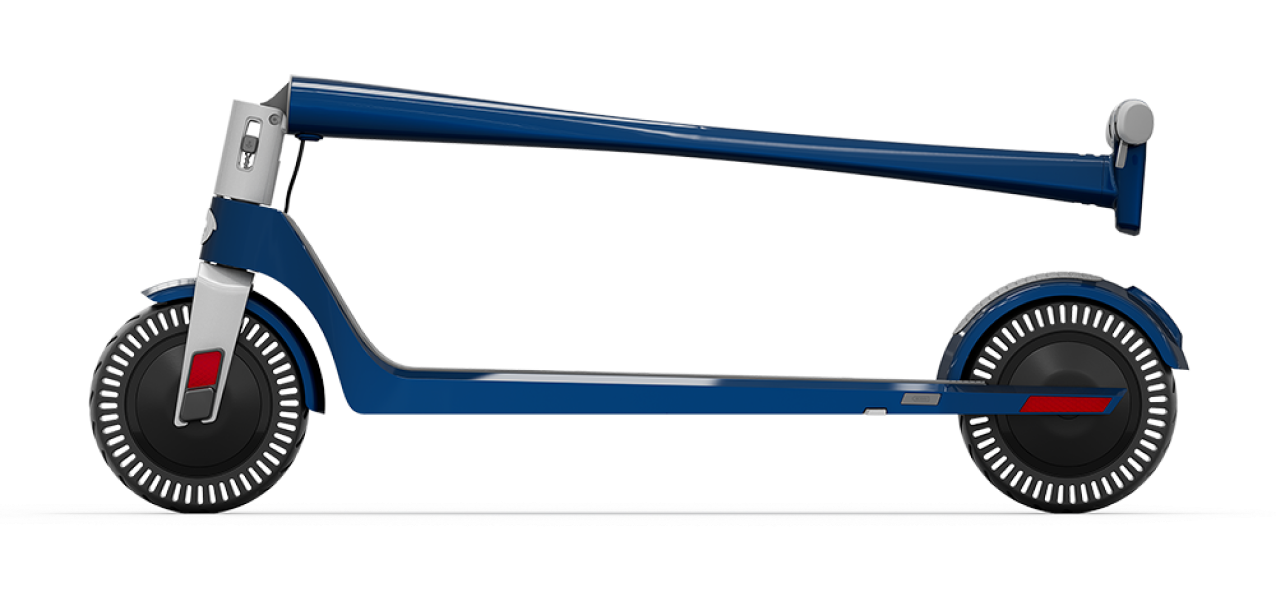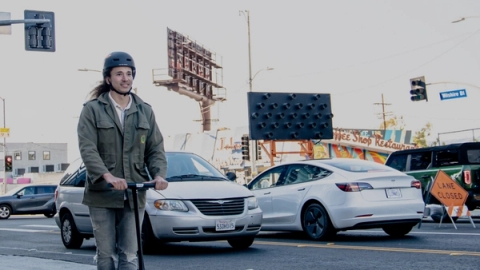When you join the Unagi family with an All-Access membership, you unlock more than just a world-class electric scooter; you gain a lifestyle upgrade that travels with you. Introducing White Glove Love—our commitment to ensure that wherever you go, your ride goes too.
The answer to this question largely depends on the local laws regarding where you ride the electric scooter. In many jurisdictions, sidewalk riding is prohibited due to concerns over pedestrian safety.
Electric scooters can become hazardous obstacles when improperly parked or left unattended or may lead to collisions if not operated carefully. As a result, some U.S. cities and various places worldwide have regulated the use of electric scooters on sidewalks, often directing them to designated lanes to ensure the safety and well-being of all road users.
However, as we will discuss later in the article, riding on the sidewalk does not have to be inherently dangerous, as it is sometimes portrayed.
That being said, not all areas ban electric scooter use on sidewalks. In certain locations that allow the use of electric scooters but lack infrastructural accommodations for smaller vehicles (such as bike lanes or shared paths) and where scooters are not permitted on highways, riding on sidewalks might be permissible, particularly if pedestrian traffic is low.
When considering whether to ride on the sidewalk, follow this logic:
First, check if there is a bike lane in the vicinity. If yes, that's what you should use, especially during the morning and evening rush hours when there's a lot of foot traffic.
Next, check if you can legally and safely use the road or highway. If all these are no-gos, then, and only then, sidewalk scooting is a viable plan.
If you own your scooter, you must exercise self-regulation and remain vigilant for any regulations or prohibition signage. It might be a bit easier for rental scooters, as they often have detection features that will either limit speed or emit warnings when you ride in areas where the scooters might not be permitted, such as sidewalks.
In this article, we’ll explain how to ride safely on sidewalks, discuss the associated risks, and explore the regulations and stances of various cities on this matter.
Why do Most Riders Prefer Riding on Sidewalks?
Without dedicated bike paths, many electric scooter riders feel it's safer to ride on the sidewalk. This allows them to avoid competing with larger, faster vehicles on the road that pose a substantial risk in the event of a collision. In the showdown between a 300-lb scooter (plus rider) and a 4,000-lb car, it's clear who's at a disadvantage in the case of an accident.

Electric scooters are also compact, nimble, and relatively quiet, making them harder for drivers to notice, which increases the likelihood of collisions. In fact, historical data over the past few years, marking the rise of scooter popularity, shows a startling trend: 80% of fatal scooter crashes involve a car hitting a scooter.
That's a pretty grim picture and a clear sign of the danger that motor vehicles represent to scooter riders.
Given these risks, many riders naturally gravitate towards sidewalks, especially when roads are narrow, lack bike lanes, or are characterized by fast-moving traffic. While sidewalks aren't completely risk-free, as there's still a chance of colliding with pedestrians, the potential severity of these accidents is generally less compared to collisions with cars.
Additionally, the likelihood of accidents can be greatly reduced if riders take a disciplined approach, keep speeds low, remain vigilant, and respect pedestrians' right-of-way.
Risks and Concerns of Riding Electric Scooters on Sidewalks
Here’s a breakdown of the challenges that sidewalk riding presents:
Pedestrian safety
Sidewalks are built for pedestrians, not scooters speeding at 15-20 mph. At those speeds, riders become a significant risk to pedestrians, particularly children, the elderly, and people with disabilities. It only takes one careless rider to cause mayhem and tarnish the reputation of every scooter user.
Even with bells and horns, scooters are quiet enough to sneak up on pedestrians, startle them and cause accidents. The cramped and often crowded nature of sidewalks makes this even more challenging, especially since pedestrians are frequently distracted by their phones or headphones.
However, most of these sidewalk incidents are linked to shared scooters, which are handed over to different riders - some inexperienced or riding for the first time. According to studies conducted in Austin, TX, these new riders account for 33% of all e-scooter accidents. Lacking familiarity and personal investment in the scooters, they are more likely to ride recklessly and leave the scooters lying haphazardly on sidewalks when they're done.

On the other hand, private electric scooter owners are generally more familiar with their vehicles, have an investment in their gear, and are more likely to exercise caution.
Rider safety
Sidewalks are typically not well-maintained for vehicular traffic and may have uneven surfaces, cracks, or other hazards that can pose risks to scooter riders. Hitting a bump or crack on a sidewalk can cause the rider to lose control and potentially fall. Moreover, sidewalks often feature obstacles such as benches, trees, signs, and fire hydrants, which add to the complexity, creating a hazardous maze.
Improperly parked scooters
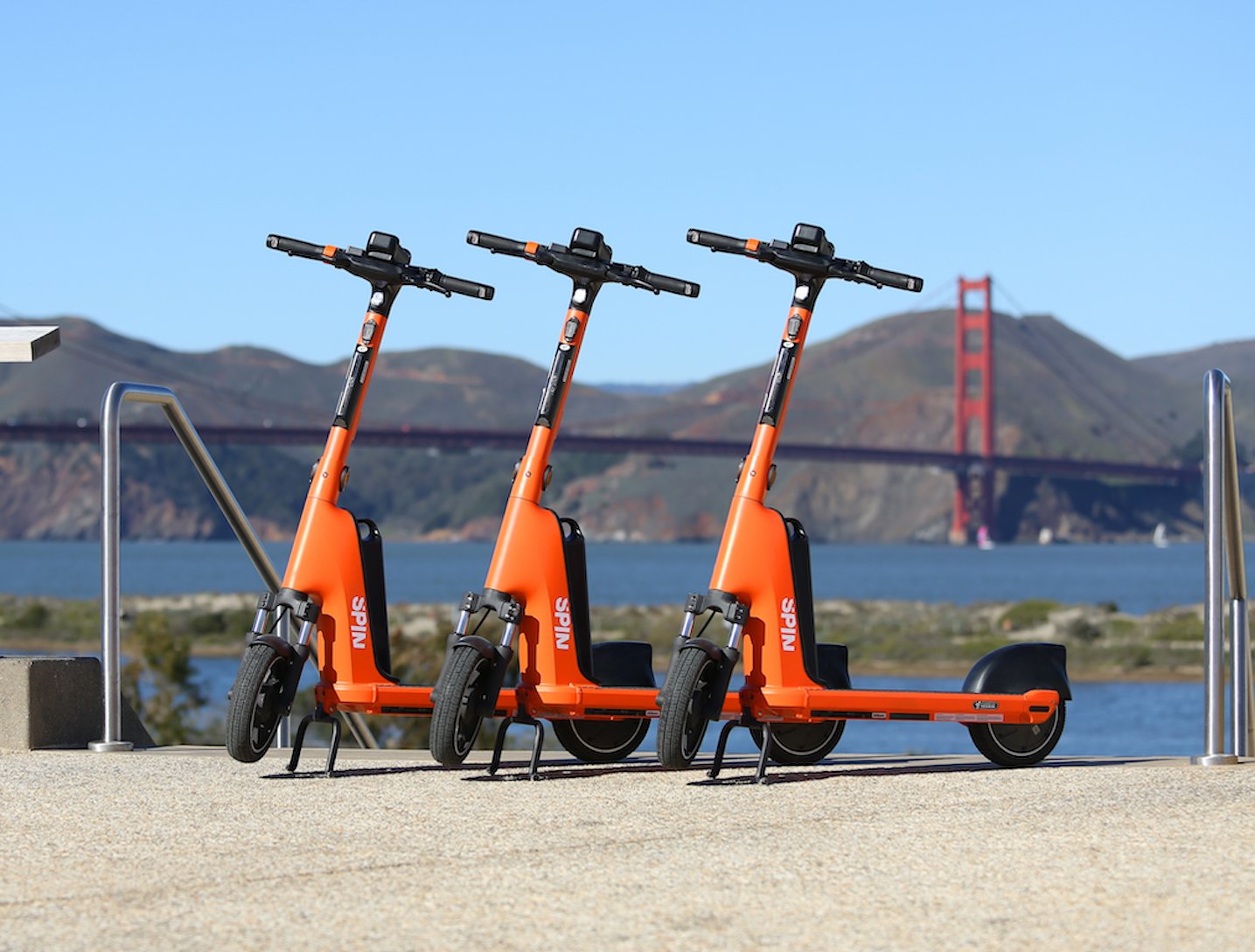
Improperly parked scooters can become tripping hazards for pedestrians, especially those with visual impairments or mobility issues. This problem was more prominent during the early days of shared scooters, but stricter regulations and better parking solutions have improved the situation.
Legal and reputation issues
Laws regarding sidewalk use vary greatly, and it's easy for riders to misunderstand where they're allowed to ride. Some cities permit scooters on sidewalks but restrict their use in certain busy ones. This inconsistency can result in riders accidentally venturing onto prohibited sidewalks if they miss a sign or are unaware of the specific regulations in a given location.
While such incidents may be genuine mistakes, the public can perceive them as intentional disregard for the rules, further tarnishing the reputation of scooter riders and inviting stricter regulations.
Electric scooter riders already face skepticism and criticism from some members of the public, and irresponsible behavior on sidewalks only exacerbates these negative perceptions.
How to ride safely on a sidewalk?
Three main culprits will send you flying or crashing into someone on the sidewalk: speed, poor handling, and a lack of situational awareness. Control these, and your chances of staying safe improve greatly.
Here are some other things you can also do to improve your safety on sidewalks
Yield to pedestrians
Rule number one: pedestrians own the sidewalk. They always have the right of way, so give them their space and treat them like royalty. Slow down or stop if needed, and don't muscle through like it's a race. You're a guest on their turf, so be patient and respectful.
Maintain a safe speed and distance

Refrain from weaving between people at high speeds, as it significantly increases the risk of accidents. The slower you go, the more control you have over the scooter, giving you more time to react to any unexpected events. Additionally, the severity of a collision is greatly reduced at lower speeds.
When riding on a sidewalk with good visibility and medium pedestrian traffic, aim to maintain a pace, around 3 mph, like walking. For clearer sidewalks, maybe 5–10 mph tops. If things get too tight or chaotic, hop off and walk your scooter. It's better to be safe than treat pedestrians like obstacles.
Additionally, always keep a 6-foot cushion from the pedestrian in front of you. Be ready to engage the brakes if a pedestrian unexpectedly steps into your path or encounters an obstacle.
Refrain from weaving between people at high speeds, as it significantly increases the risk of accidents. The slower you go, the more control you have over the scooter, giving you more time to react to any unexpected events. Additionally, the severity of a collision is greatly reduced at lower speeds.
When riding on a sidewalk with good visibility and medium pedestrian traffic, aim to maintain a pace, around 3 mph, like walking. For clearer sidewalks, maybe 5–10 mph tops. If things get too tight or chaotic, hop off and walk your scooter. It's better to be safe than treat pedestrians like obstacles.
Additionally, always keep a 6-foot cushion from the pedestrian in front of you. Be ready to engage the brakes if a pedestrian unexpectedly steps into your path or encounters an obstacle.
Use audible signals
Electric scooters are practically silent, so use that bell or your voice to alert folks you're approaching. Many states in the US require a bell that can be heard from a distance of at least 100 feet.
When approaching a pedestrian from behind, ring the bell once or twice at a distance of about 20 feet to give them sufficient time to react. Don’t wait until you’re right behind them and startle them into your path. If they do not move aside, slow down and call out the direction you're approaching from, such as "on your left" or "on your right."
Be aware of your surroundings
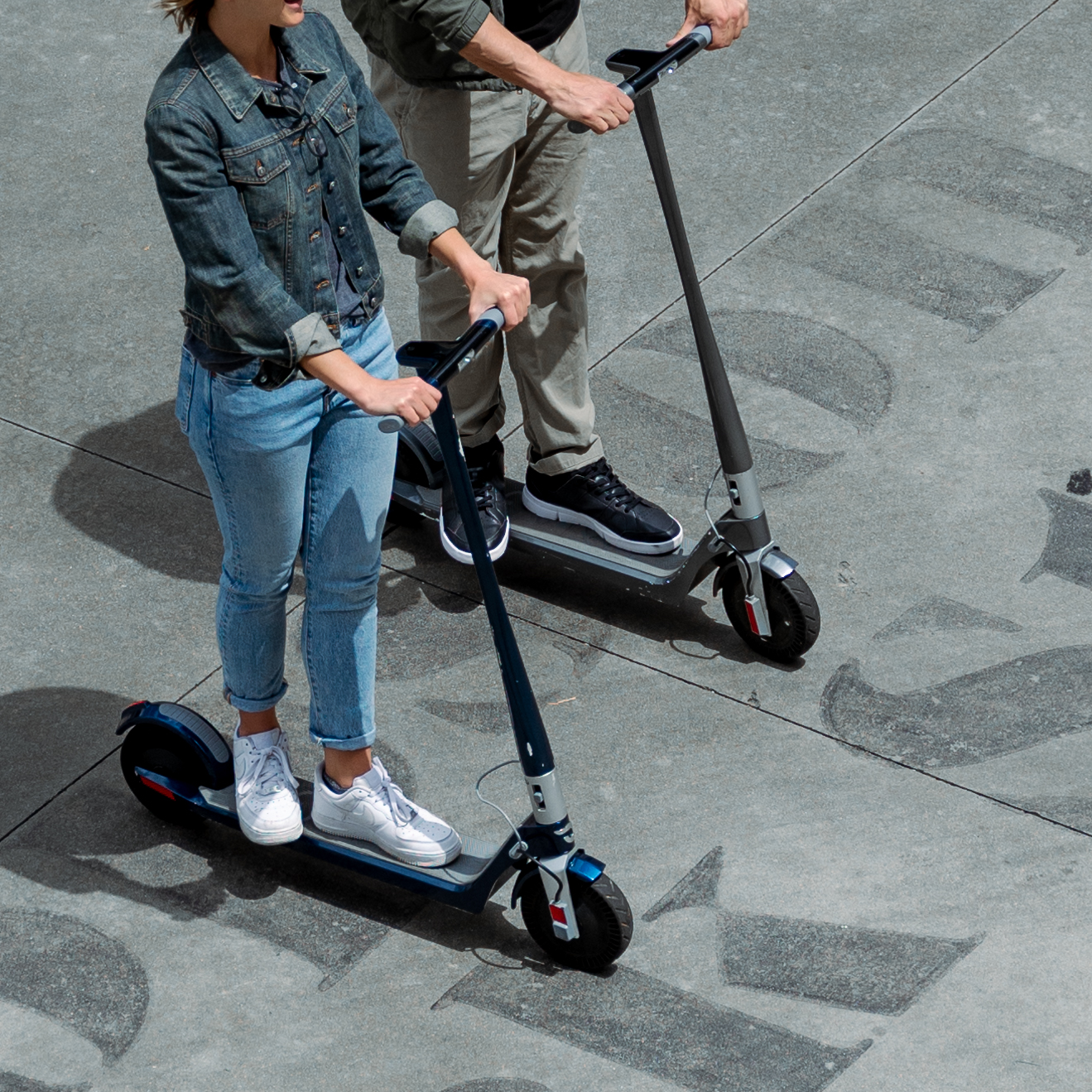
Pedestrian behavior can be unpredictable, so it's crucial to adopt a defensive riding approach. Always anticipate the actions of others and be prepared to react accordingly. Do not assume that pedestrians can see or hear you.
Scan ahead and be prepared to take evasive action if necessary. Look for obstacles such as street furniture, signage, curbs, and other irregularities on the sidewalk that could pose a hazard, as well as vehicles entering the sidewalk from alleyways, driveways, or parking lots.
Also, be sure to always check for and follow any traffic rules and signals on your path.
Avoid distractions
Stay off your phone, and don't use headphones. Your eyes and ears must be 100% focused on the sidewalk.
Use lights and reflectors for increased visibility

Visibility is important not only for vehicle drivers but also for pedestrians. A pedestrian might be distracted or wearing headphones and fail to hear your audible signal, but a light on your scooter might catch their attention from the corner of their eye, potentially preventing an accident. Using lights at night is self-explanatory; you must have them if you ride during low-light periods.
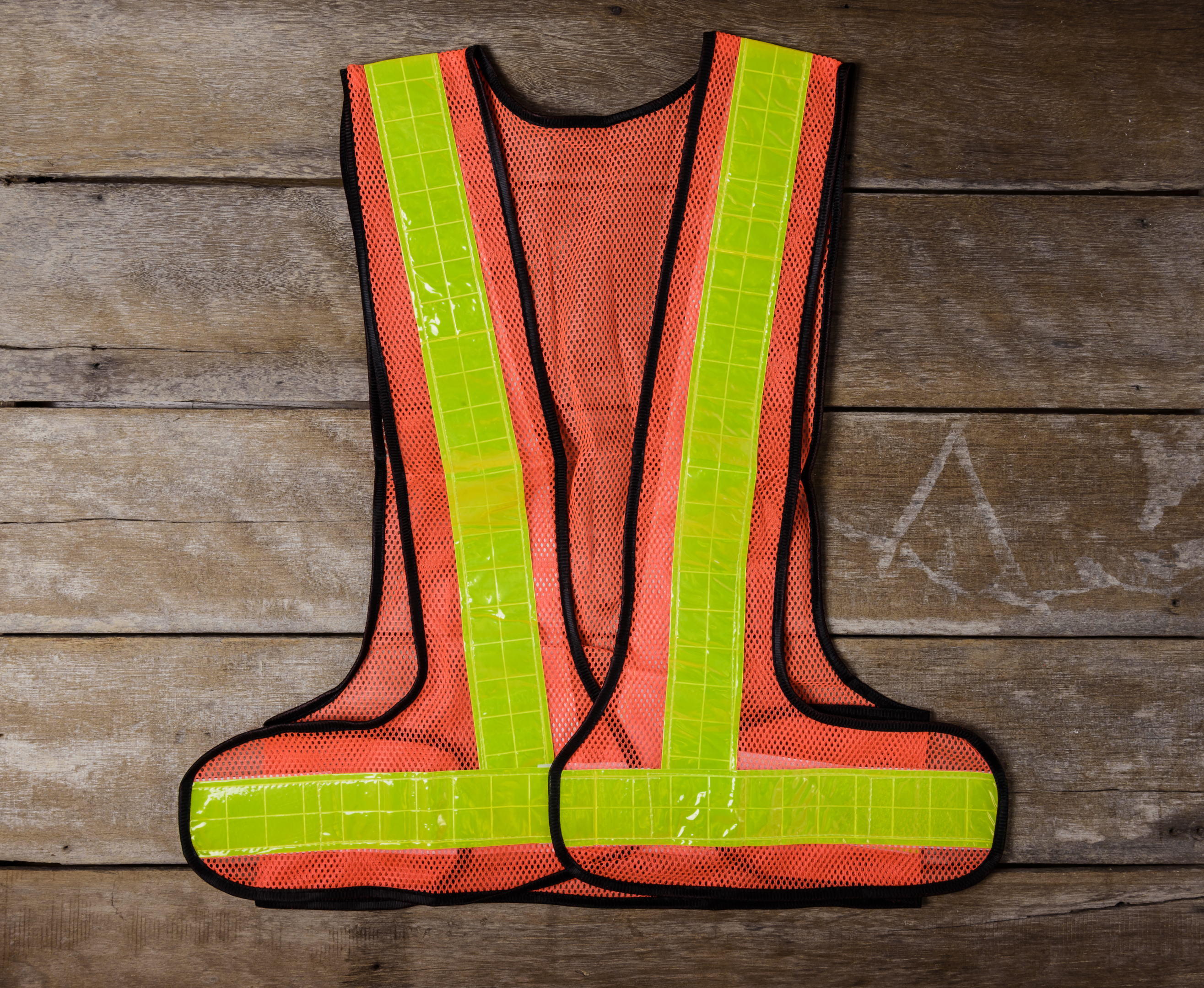
Ensure your lights are sufficiently visible, and consider wearing a reflective jacket for added safety. If your scooter does not have indicators, use hand signals to communicate your intentions when turning or stopping.
Always wear a helmet and protective gear

Accidents happen, so gear up. A certified helmet is a no-brainer. Gloves, elbow pads, and knee guards can also save you some serious injuries.
Who is responsible for an electric scooter accident on the sidewalk?
Determining responsibility in the event of an electric scooter accident on a sidewalk requires carefully examining the specific circumstances surrounding the incident. Riders, shared electric scooter companies, city or municipal agencies, and even pedestrians may be held liable depending on their actions and the factors contributing to the accident.
Rider
If a rider speeds, is distracted, or just rides recklessly and slams into a pedestrian, the rider will almost certainly have to pay up. For private scooter owners, liability is generally straightforward since the rider and owner are often the same person.
However, unlike cars or motorcycles, electric scooter riders typically aren’t required to carry insurance in many areas, meaning compensation might be a little bit tricky. If the rider has renter's or homeowner’s insurance, they can use it for claims (but most exclude electric scooters). Otherwise, the only option left may be to file a lawsuit.
Riders injured during an accident are typically responsible for their own medical bills.
Shared scooter companies
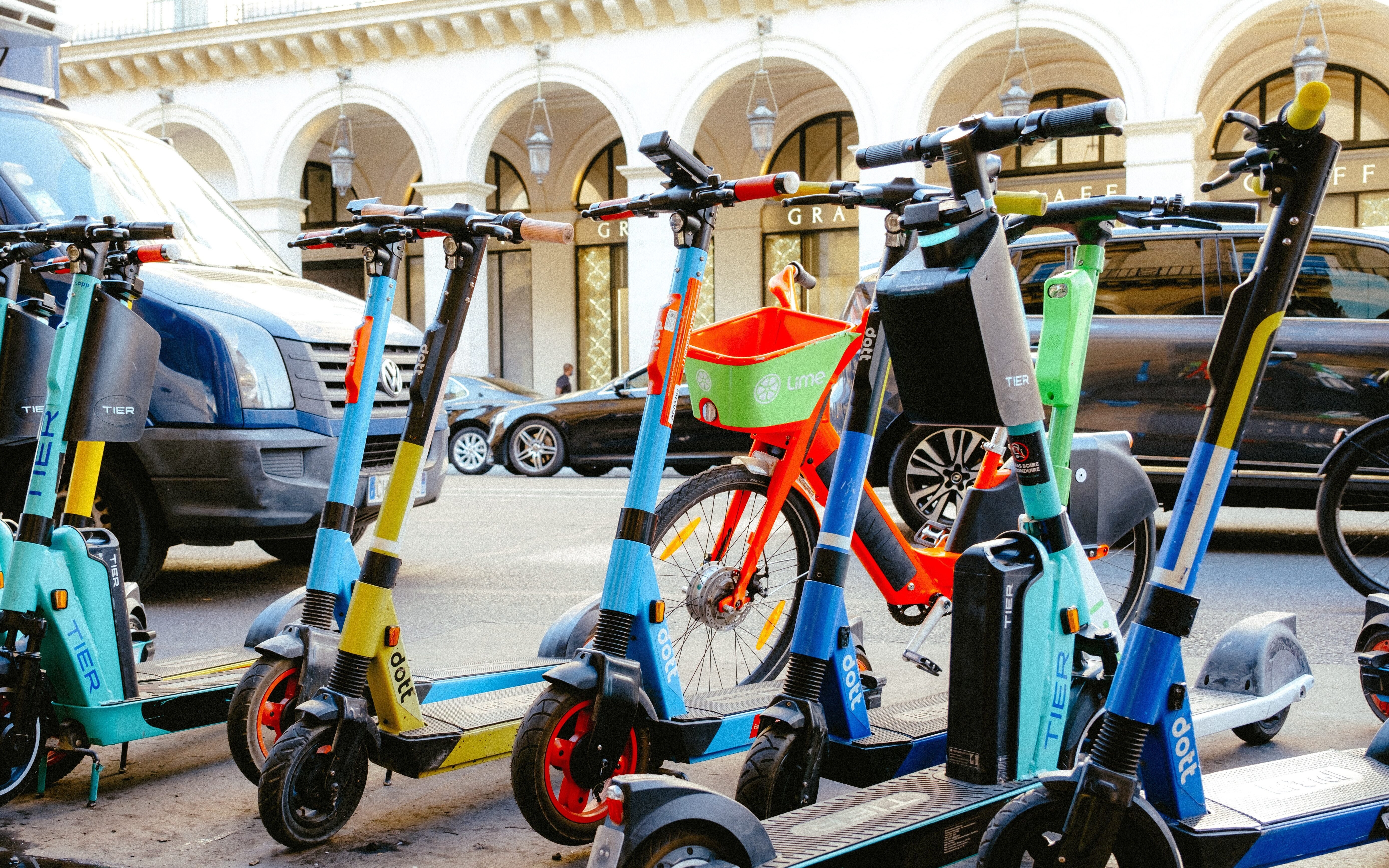
Many local governments require shared scooter companies to carry commercial liability insurance and umbrella or excess liability coverage. If a shared scooter rider injures someone, third-party insurance can help cover the damages. But beware: some sharing services have riders sign rental agreements that strip them of liability, leaving customers responsible for accidents.
A sharing company can also be held liable if a poorly parked scooter creates a tripping hazard for other sidewalk users.
City
The city or municipality in charge of keeping the area safe may be liable if a poorly maintained sidewalk causes an accident. Unfortunately, some municipalities force scooter-sharing companies to waive the city’s liability, which makes such claims challenging to pursue. If the incident happens due to obstructions on a business's property, that business may be liable.
Pedestrian
If an accident happens due to a pedestrian’s negligence, say they're texting while walking and suddenly step into a scooter’s path, they may be at fault.
Can you legally ride an electric scooter on the sidewalk?
Laws around riding electric scooters on sidewalks vary widely based on the region. Here's an overview of the legal landscape across different regions:
United States
In the U.S., regulations are inconsistent and vary from state to state. While some states permit sidewalk riding, many large cities restrict electric scooters to bike lanes or the right side of the road.
The best way to determine the specific rules in your area is to check with your local Department of Motor Vehicles or review your city's local ordinances. Alternatively, for a quick answer, you can consult our detailed guide on U.S. scooter laws, which breaks down where you can legally ride.
Europe
Most European cities ban scooters on sidewalks, particularly following the misuse of shared scooters. Here are some notable examples:
- Paris: Permits only privately owned scooters and prohibits shared scooters entirely. Riding on sidewalks is, however, strictly banned.
- Barcelona: Scooters are entirely banned from sidewalks.
- Brussels: Electric scooters are allowed in pedestrian areas where bicycles are permitted, but riders must maintain walking speed. Pavement usage is prohibited.
- Tallinn: Permits scooters on both sidewalks and bike lanes.
London: Only trial rental electric scooters are legal on public roads within specific boroughs. Privately owned e-scooters are not allowed on public roads entirely. Riding on sidewalks or pavements is banned, even with rental scooters. - Rome: Riding on sidewalks is prohibited.
- Berlin: Forbidden on sidewalks and pedestrian zones.
- Madrid: Strictly prohibits riding or parking scooters on sidewalks.
- Amsterdam: If available, you must use cycle lanes and stay off pavements and footpaths.
- Vienna: Sidewalks and footpaths are a no-go.
Australia
- New South Wales: Shared electric scooters are only allowed under trial programs on selected roads, bike paths, and shared paths within the trial area. They are not permitted on footpaths.
- Victoria: E-scooters aren’t allowed on footpaths.
- Queensland: Electric scooters are allowed on footpaths at a maximum speed of 12 km/h as long as no signs prohibit them.
- Western Australia: Scooters can ride on footpaths but must stick to a 10 km/h speed limit.
- South Australia: Scooters are banned from footpaths.
- Tasmania: As of December 1, 2021, electric scooters are allowed on footpaths.
Canada
Riding an electric scooter on sidewalks is prohibited in most provinces and municipalities. If your province doesn't have explicit regulations, it's safer to assume scooters aren't allowed on sidewalks. Here's a province-by-province overview:
- Alberta: Shared e-scooters can be used on sidewalks and roads with low speed limits and traffic. However, personal e-scooters are banned from public sidewalks and roadways.
- Quebec: Sidewalk riding is generally prohibited unless necessary and expressly permitted by local authorities.
- British Columbia: Riding on sidewalks is not allowed unless specified by local bylaws
- Manitoba: Local bylaws typically prohibit using electric scooters on sidewalks.
- Saskatchewan: The rules can vary by municipality, but generally, electric scooters are not permitted on sidewalks, similar to bicycles.
- New Brunswick: Electric scooters are generally not allowed on sidewalks, and local laws emphasize using roadways and bicycle lanes.
- Prince Edward Island: Scooters are not permitted on sidewalks.
- Nova Scotia: Municipalities can set speed limits and decide if e-scooters are permitted on sidewalks. For example, Halifax bans their use on sidewalks.
- Ontario: Each city has different rules. Ottawa and Toronto explicitly prohibit scooter riding on sidewalks.
Conclusion: Riding Smart and Sharing the Path Responsibly
Riding electric scooters on sidewalks presents some risks and challenges for riders and pedestrians. As a responsible scooter rider, your best bet is to seek safer alternatives like shared paths, bike lanes, or low-traffic roads. Ultimately, always ride where it is safest. If sidewalks are your best option, use them, but ensure they're permitted in that area.
Then, prioritize pedestrian safety above all else, as pedestrians always have the right of way. Stay courteous, maintain a safe speed, and use hand signals or audible alerts to communicate your presence to those around you. Stay mindful of your surroundings, follow traffic laws, and wear the proper gear. You can minimize the risk of injury and ensure a peaceful coexistence on sidewalks.
Electric scooters are here to stay; our cities will evolve to accommodate them.

“Is my scooter legal?” is a question many are increasingly asking. The micromobility industry is one of the fastest-growing and most exciting in the world—with promises for...in addition to abundances of the basics of time and money savings. And with this pace of innovation comes a struggle for regulation to keep up.
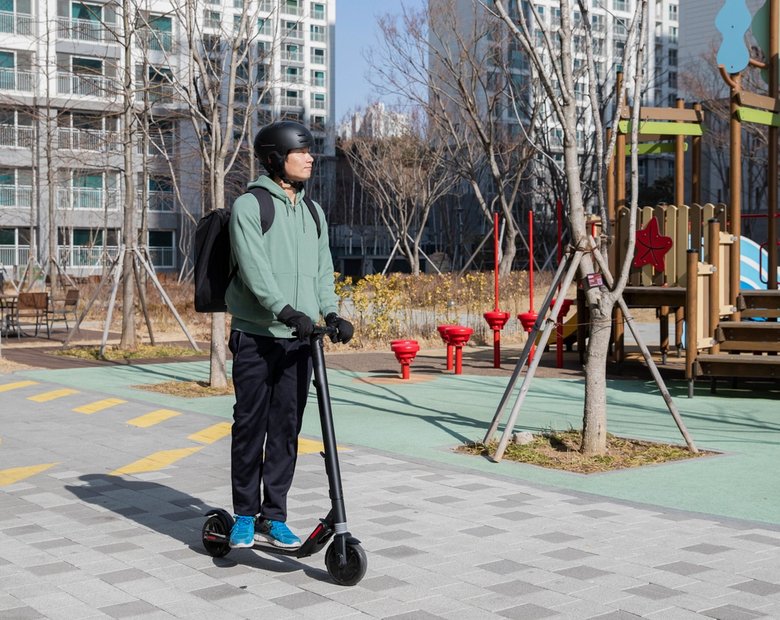
So, you're thinking about joining the electric scooter revolution, huh? You've seen those sleek and stylish scooters zipping around town, effortlessly gliding through traffic, and you can't help but wonder: Are electric scooters easy to ride?

In this guide, we'll break down what defines a lightweight electric scooter, why you should choose one, and the top features you should look for.
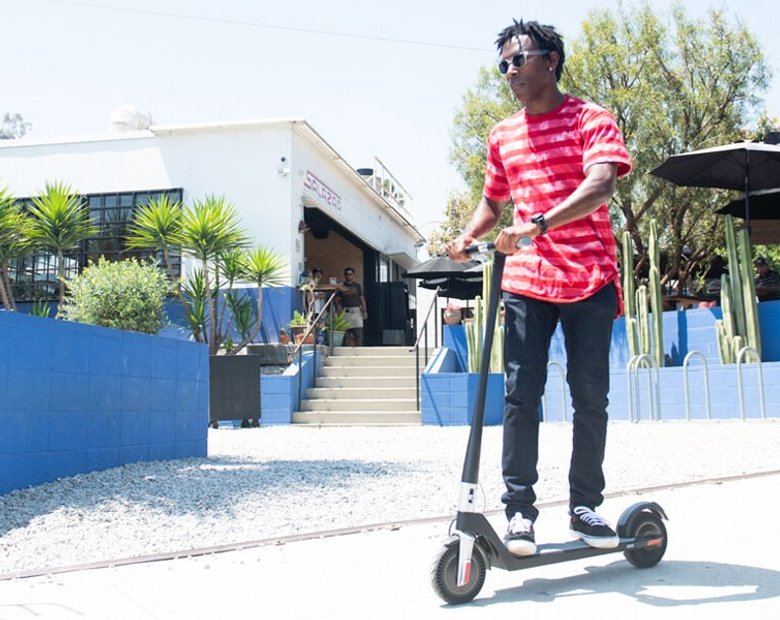
Want to get the most out of your electric scooter battery and extend your riding adventures? We've got you covered with our comprehensive guide full of maintenance tips and best practices.


*Disclaimer: Unagi, INC. has used best efforts, but does not in any manner guarantee the accuracy of the below findings regarding electric scooter laws in the United States or internationally. Electric scooter riders or those considering to purchase or begin…

It’s beyond question that we must drastically reduce carbon emissions in the coming years to head off the worst effects of climate change. How we do that has been a matter of considerably drawn-out debate. As individuals, it can be…

If you're considering riding an electric scooter for the daily urban commute - or even just for recreation - this article will give you the lowdown on getting insurance for an electric scooter.

In many regions, there's a clear restriction against riding electric scooters on the road, with the rules steering their use towards designated areas such as bicycle lanes, multi-use paths, and shared street paths.


